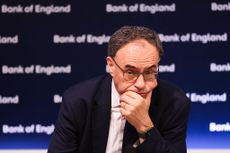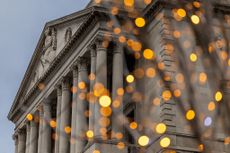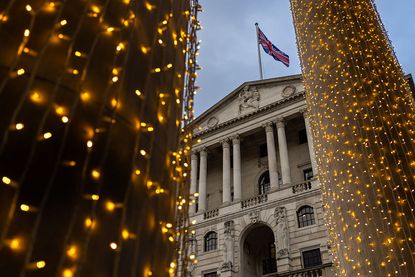UK Economy
The latest news, updates and opinions on UK Economy from the expert team here at MoneyWeek
Explore UK Economy
-

When is the next Bank of England base rate meeting?
The Bank of England cut interest rates to 3.75% in December 2025. When is the next Monetary Policy Committee meeting and will interest rates fall further in 2026?
By Daniel Hilton Last updated
-

Should you invest in UK stocks for 2026?
With UK interest rates and inflation falling, 2026 could be the year that UK stocks rebound
By Dan McEvoy Last updated
-

Will the Bank of England deliver an interest rate cut in time for Christmas?
Most experts now expect the Bank of England (BoE) to cut the base rate on 18 December. How much could rates be cut by?
By Daniel Hilton Last updated
-

What is inflation and how does it affect you?
The latest inflation figure is released each month. What is inflation and how does it impact your personal finances?
By Ruth Emery Last updated
-

UK inflation live: Inflation fell to 3.2% in November
A rise of 3.2% in CPI inflation in the 12 months to November undershoots almost all expectations
By Dan McEvoy Last updated
-

UK inflation: Consumer Prices Index release dates
The UK’s inflation reports are published monthly. When do they come out and where are prices heading?
By Daniel Hilton Last updated
-

CPI vs RPI inflation: what is the difference between ONS measures?
The Office for National Statistics calculates CPI, RPI and CPIH each month. What are they and what do they reveal about UK inflation?
By Sam Walker Last updated
-

High earners face £15k income hit by 2029 following Autumn Budget
Rachel Reeves’s Autumn Budget means high earners – or HENRYs – are now looking at an income hit running into the thousands. Can you avoid it?
By Dan McEvoy Published
-

Renewable energy funds: stuck between a ROC and a hard place
Renewable energy funds were hit hard by the government’s subsidy changes, but they have only themselves to blame for their failure to build trust with investors
By Bruce Packard Published
